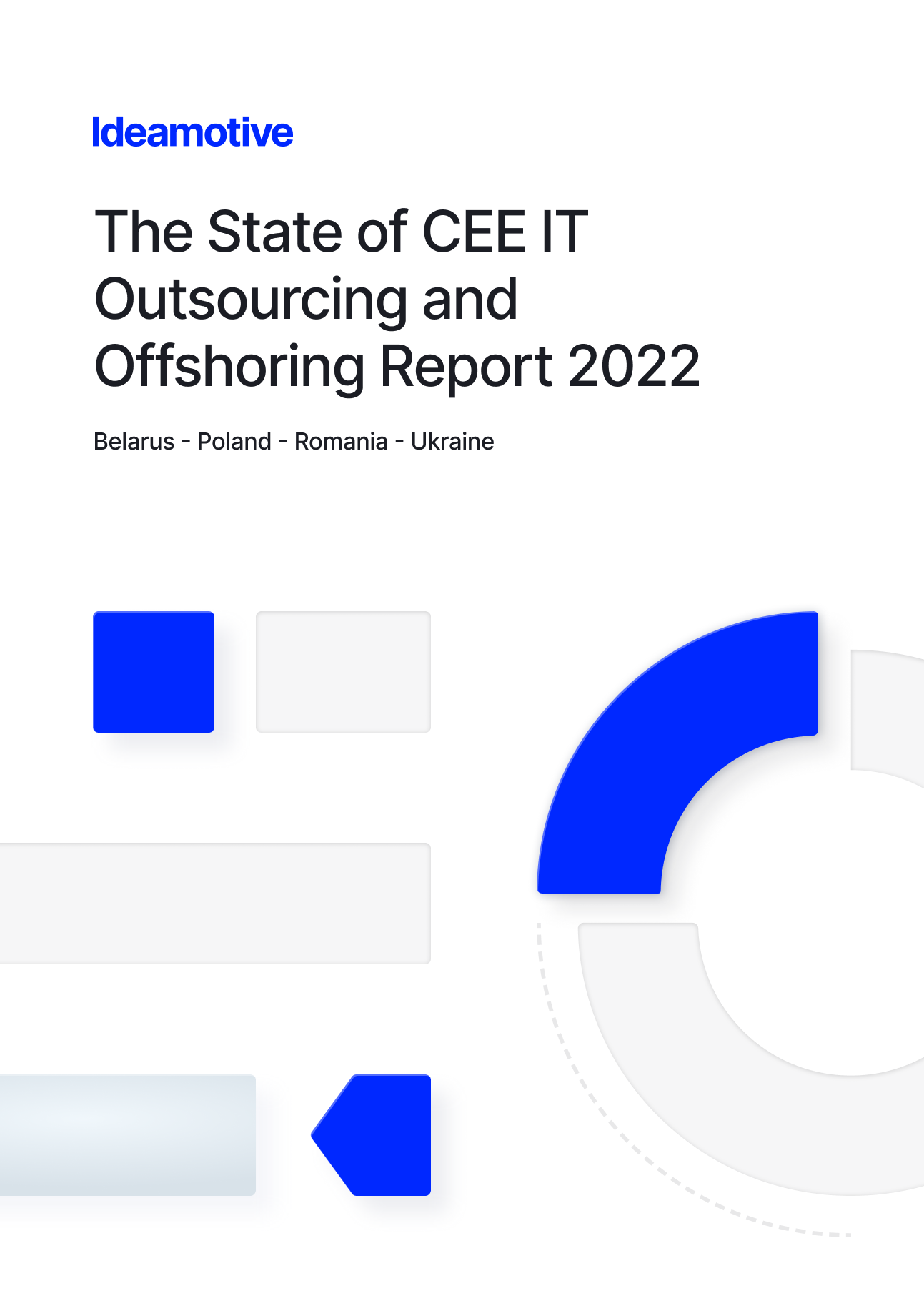In the dynamic world of project management, the agile methodology has become a cornerstone for many organizations. Agile, known for its flexibility, responsiveness, and customer-centric approach, has proven effective in a variety of settings, from nimble startups to sprawling enterprises. However, as organizations grow and teams expand, maintaining the core principles of agility becomes increasingly complex. 2023 has brought forth an array of new trends and insights into how agile can be scaled effectively, catering to the ever-evolving needs of large-scale projects and diverse teams.
Agile, at its core, is about embracing change, focusing on customer needs, and delivering value incrementally. It's an approach that values human communication and feedback, adapting to change, and producing working results. In recent years, agile has evolved beyond software development, influencing various business sectors, including marketing, HR, and finance. This cross-functional application underscores its versatility and relevance in the contemporary business landscape.
2023 has witnessed several key innovations in the realm of agile project management. One notable development is the integration of AI-powered tools, such as Agile Bots, which assist in various processes like backlog management and sprint planning. This integration enhances efficiency and productivity, paving the way for a more data-driven approach to agile practices.
Virtual Reality (VR) and Augmented Reality (AR) have also emerged as significant tools, transforming the way agile teams collaborate and train. These technologies simulate real-life scenarios, facilitating remote collaboration and offering immersive learning experiences.
Another crucial trend is the rise of agile methodologies like Business Agility and Disciplined Agile (DA). These approaches extend agile principles beyond software development, fostering adaptability and innovation throughout the organization. They emphasize value delivery and a flexible application of agile practices, tailored to the unique circumstances of each project.
Scaling Agile in 2024
As agile matures, the focus on "agile at scale" gains prominence. Large enterprises are applying agile practices across entire portfolios, programs, and teams, using frameworks like Scaled Agile Framework (SAFe), Large-Scale Scrum (LeSS), and Nexus. This scaling involves not just expanding the size of teams but also ensuring that agile principles are effectively applied across various departments and projects.

Hybrid Agile frameworks have also become popular, blending different agile approaches for maximum benefit. Frameworks like Scrumban (a combination of Scrum and Kanban) and SAFe are providing the flexibility and guidance necessary for larger, more complex projects.
Scaling Agile in 2024: Key Strategies and Practices
Scaling agile methodologies in organizations is a complex but essential process to maintain competitiveness and adaptability in today's fast-evolving business environment. Here's a synthesis of the best practices and strategies for effectively scaling agile in large organizations, drawing on insights from various sources.
- Understanding Agile at Scale
Agile at scale involves extending agile principles and practices beyond individual teams to the entire organizational structure. This requires a cultural transformation where people, practices, and tools are all aligned towards agile values. It's not just about increasing the number of teams but ensuring that agile principles are effectively applied across departments and projects.
- Selecting the Right Framework
Frameworks like SAFe (Scaled Agile Framework), Scrum@Scale, and hybrid approaches are popular for scaling agile. Each framework has its strengths and is suited for different organizational needs. SAFe provides a structured approach for large-scale implementations, while Scrum@Scale offers a lightweight, modular approach adaptable to various contexts.
- Leadership and Change Management
Strong leadership support is crucial in driving agile transformation. Leaders must facilitate cultural change, prioritize agile implementation, and foster an environment that encourages team empowerment and stakeholder communication. They should be involved in the process, from education about agile methodologies to actively participating in the implementation and decision-making processes.
- Effective Planning and Autonomy
Organizations should establish a clear taxonomy of work items (epics, features, stories, tasks) and define a line of autonomy where ownership transitions from management to teams. This approach ensures alignment with management goals while granting teams autonomy over their work.
- Engineering Excellence and Infrastructure
A focus on solid engineering practices and investment in modern tools and infrastructure is necessary to support agile deliveries. Practices like continuous integration, deployment, test automation, and a cross-functional DevOps culture are key to maintaining quality and productivity as agile scales.
- Knowledge Acquisition and Communities of Practice
Regular agile training and ongoing coaching support are essential to ensure that teams understand and can effectively implement agile practices. Communities of Practice (CoPs) play a significant role in knowledge sharing and promoting best practices across the organization.
- Inclusion of Non-Software Teams
Successfully scaling agile involves gradually integrating various business and support functions into the agile framework. This inclusion enhances collaboration, improves release stability and quality, and fosters a more comprehensive adoption of agile practices across the organization.
- Agile Champions and Change Agents
Agile champions and change agents are vital in bridging the gap between management and teams. They help translate the organization's vision into reality and drive the change towards agile practices. Their deep understanding of the organization's culture aids in successful scaling efforts.
Organizing Multiple Agile Teams in Large Organizations
Organizing multiple agile teams in large organizations requires a strategic approach to maintain productivity, quality, and alignment with organizational goals. Here's a synthesis of best practices and strategies for effectively organizing these teams:
Maintaining Stable Teams for Productivity and Quality: It's essential to keep teams stable. Frequently changing team members can disrupt the team's development process, forcing them to go through the forming, storming, norming, and performing stages repeatedly. Stable teams optimize their agile methods and technical processes, leading to improved productivity and quality. They are responsible for testing and keeping the customer experience in focus, thereby reducing customer issues and defects. Stable teams also enhance personal satisfaction and employee retention, making them more productive and effective.

Defining Clear Roles and Responsibilities: When managing multiple agile teams, it's crucial for leaders to clearly define team roles and responsibilities. This includes understanding and embracing teamwork, treating team members as peers, and communicating clearly. Agile leaders should be technically knowledgeable about the products and actively involved with each team. It’s more effective for leaders to manage teams that work on similar products or within the same area to reduce disruption and maintain effective management.
Utilizing a Structured Taxonomy and Line of Autonomy: Establishing a clear taxonomy of work items (epics, features, stories, tasks) and drawing a line of autonomy helps in defining where management’s ownership ends and the team’s autonomy begins. This structure ensures teams align their execution with management goals while maintaining autonomy over their work. For example, management might own epics and features, providing alignment, while teams own stories and tasks, giving them autonomy over execution.
Adopting Team Topologies for Effective Organization: In SAFe (Scaled Agile Framework), teams are organized into various topologies like stream-aligned teams, complicated subsystem teams, and platform teams. This organization helps in managing cognitive loads and focusing on domains that teams can master. Complicated subsystem teams handle parts of the system requiring deep technical expertise, while platform teams provide essential internal services to streamline other teams’ work. Enabling teams are also crucial as they assist other teams in acquiring new capabilities, especially in technical or product management areas.
Aligning Teams with Organizational Goals through Planning and Feature Chats: Effective planning for each level of the taxonomy (epics, features, stories, tasks) is essential. This includes setting a vision through epics, defining the strategy through features, and detailing execution through stories and tasks. Regular feature chats, where teams present their plans to management, ensure that team plans align with organizational goals. This process also keeps management informed about team activities and helps in maintaining alignment with the broader organizational objectives.
The critical role of leadership in successful agile scaling
The role of leadership in agile transformation within large organizations is crucial and multifaceted, requiring a significant shift from traditional leadership styles. Key aspects of this transformation, as highlighted by McKinsey, PC Tech Magazine, and Elev8, include:
- Mindset and Behavior Transformation: Leaders must evolve their personal mindsets and behaviors to support agile transformation. This involves shifting from reactive to creative mindsets, fostering cultures of innovation, collaboration, and value creation, and moving from a certainty mindset to one of discovery, authority to partnership, and scarcity to abundance.
- Empowering Teams: Agile leadership focuses on empowering and creating autonomous teams. This requires delegating authority and decision-making power, promoting self-organization and accountability, and shifting the leader's role from micromanagement to providing guidance and support.
- Promoting Open Communication: Effective communication is vital in agile leadership, emphasizing transparency and open dialogue. This approach helps in building trust, aligning expectations, and fostering a collaborative environment.
- Continuous Learning and Adaptation: Agile leaders build a culture of continuous learning and adaptation, encouraging teams to reflect, identify areas for improvement, and experiment with new approaches. This culture is essential for adapting to changing market dynamics and driving innovation.
- Customer-Centric Focus: Agile leadership involves a strong emphasis on understanding and meeting customer needs through iterative development cycles and continuous feedback loops, ensuring that strategies align with customer expectations.
- Balancing Agile and Traditional Leadership: While adopting agile principles, it's important to integrate the best elements from both agile and traditional leadership styles. This includes finding a balance that suits the organization's unique needs and challenges, and being open to evolving leadership approaches in an ever-changing business environment.
- Implementing Agile Principles: For effective agile leadership, it's crucial to cultivate a culture of experimentation, implement iterative feedback mechanisms, enhance monitoring, and prioritize continuous improvement and adaptability.
- Upskilling Leadership for Agility: Training and coaching are essential to develop practical agile leadership skills. This involves instilling a culture of experimentation, providing mentorship, and supporting leaders through tailored training programs.
- Overcoming Challenges in Agility Implementation: Leaders must effectively communicate the benefits of agility, involve employees in decision-making, prioritize resource allocation, and establish clear vision and strategy to overcome challenges like resistance to change and lack of clear metrics.
In essence, agile leadership in large organizations is about fostering a flexible, adaptive, and collaborative environment that is responsive to change, focused on customer needs, and conducive to continuous learning and innovation.
Creating and Maintaining the Team Backlog
Responsibility and Inputs: The Product Owner (PO), with input from the team and other stakeholders, is primarily responsible for the team backlog. Inputs to the team backlog include the Agile Release Train (ART) Backlog, the team's local context, and requirements from other stakeholders.
Backlog Refinement: This is a continuous, collaborative process, ensuring the backlog contains stories ready for implementation without significant risk or surprise. Activities include refining stories, establishing acceptance criteria, and prioritizing high-priority items.
Program and Solution Backlogs
Kanban Systems for Management: The backlog items are managed through Program and Solution Kanban systems. These systems facilitate alignment, visibility, and dependency management.
Weighted Shortest Job First (WSJF): This prioritization method is used for sequencing backlog items, balancing new business functionality with enablement work.

Refining and Preparing for PI Planning: Backlog items undergo a continuous refinement process involving defining acceptance criteria, technical feasibility assessment, and capacity allocation for enablers.
Principles for Product Backlog in Scrum
- Driven by Product Goals: The Product Backlog should reflect the Scrum team’s Product Goal, dynamically changing with evolving plans.
- Product Owner’s Role: The Product Owner maximizes the value of the Developers' work within constraints, managing the Product Backlog based on content and ordering, but does not have dictatorial powers.
- Risk Mitigation: The primary purpose of the Product Backlog is risk mitigation, ensuring that high-value and high-priority items are tackled first.
- Transparency and Stakeholder Management: Avoid using the Product Backlog as a tool for appeasing stakeholders with unrealistic expectations. Transparency and clear communication are key.
- Backlog Growth Management: The Product Backlog should grow in alignment with the team’s delivery capacity, focusing on items that genuinely add value.
In scaled agile environments, particularly within the Scaled Agile Framework (SAFe), agile reporting and metrics play a crucial role in tracking the progress and efficiency of agile teams and the organization as a whole. Here are some key aspects of agile reporting and metrics in SAFe:
- Measuring Flow: Flow metrics are essential in assessing how efficiently an organization delivers value. They include Flow Distribution, Flow Velocity, Flow Time, Flow Load, Flow Efficiency, and Flow Predictability. These metrics help balance different types of work, such as new features and technical debt, and ensure the organization focuses on delivering value efficiently.
- Enhancing Alignment with OKRs: Objectives and Key Results (OKRs) are used in SAFe to align the portfolio with Value Stream and Agile Release Trains (ARTs). OKRs help in setting goals and measuring progress towards these goals, enhancing alignment across different levels of the organization.
- Measuring DevOps Capabilities with DORA Metrics: DORA metrics are particularly useful in assessing an organization's DevOps capabilities. They include deployment frequency, lead time for changes, time to restore service, and change failure rate. These metrics provide a specific view of performance and are applicable within the flow metric system of SAFe.
- Effective Metrics and KPIs: In the SAFe framework, effective metrics and KPIs are used to measure performance at both the team and business levels. These include quantitative figures for agile project characteristics, numerical assessments for scope, cost, complexity, quality of software, and progress measurement of teamwork and adaptability to change.
- Reporting for Improved Synchronization and Quality: SAFe reporting is vital for improving synchronization of goal setting, collaboration, and delivery, focusing on quality and implementation, and providing deep insights into the current status of projects. This results in better-informed decision-making and increased transparency in reporting development statuses or team reliability.
In summary, scaling agile in organizations involves a strategic blend of leadership support, training, engineering excellence, appropriate tools, and cultural adaptation. It requires careful planning and execution, with a strong emphasis on collaboration, continuous learning, and flexibility to adapt to the unique challenges of each organization.












